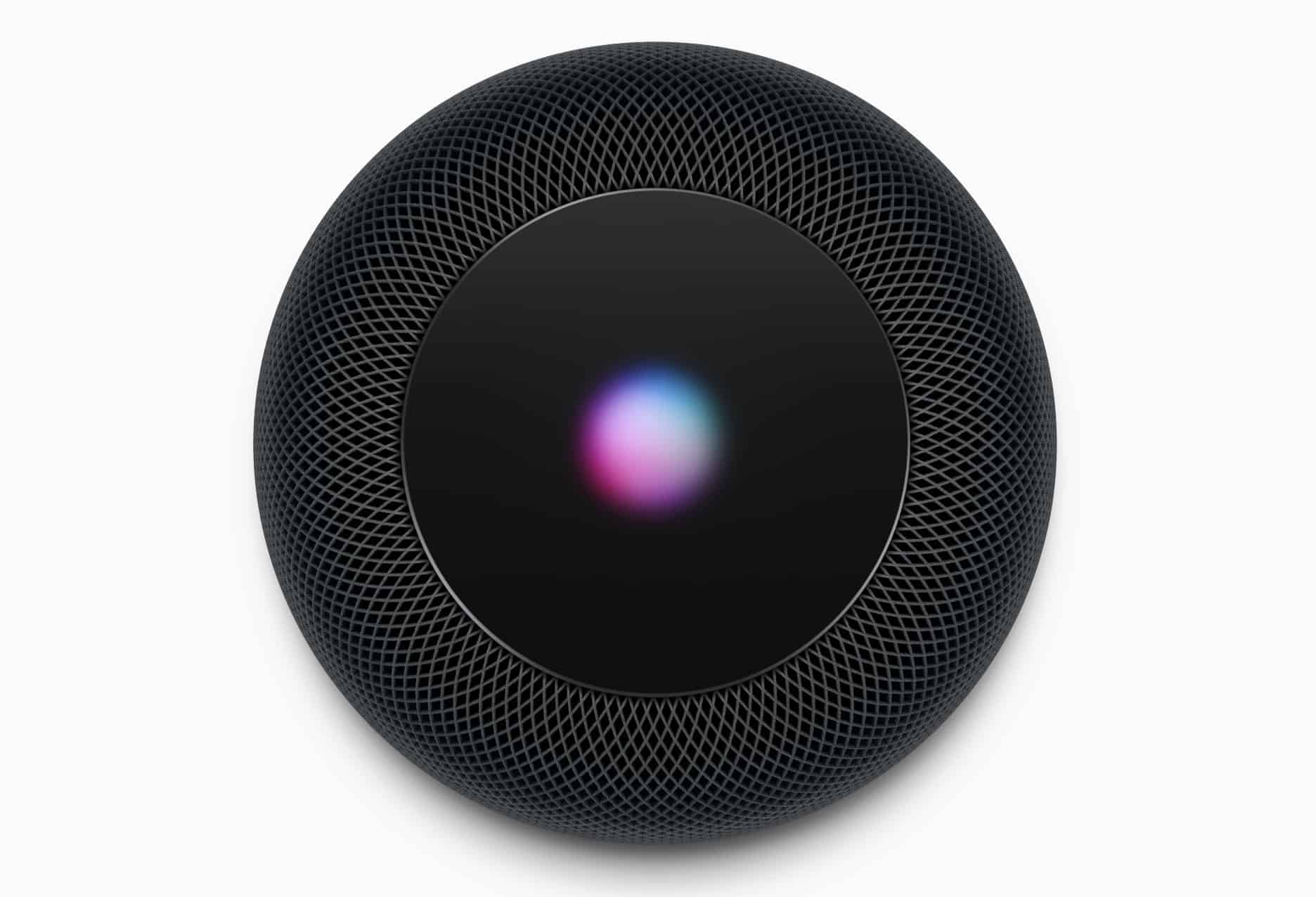Don’t make the mistake of comparing HomePod to rival smart speakers and lamenting its $349 price tag. There are good reasons why the device costs more than three times as much as an Amazon Echo — and yet is still an absolute steal.
Apple is keen to point out that HomePod is an awesome music experience first and foremost. It has Siri baked in, and you can use it for many of the smart things you might do with Alexa, but the primary reason to buy a HomePod is for stellar sound.
HomePod packs top tech
The technology packed into HomePod is what makes it so special — and unlike anything else in its price range. Its seven tweeters, six microphones, and a high-excursion woofer come together to deliver high-fidelity sound that’s tailored to your room.
“HomePod has a unique array of seven beamforming tweeters,” Apple explains. “Each with its own amplifier and transducer. And each custom designed with a precision acoustic horn that focuses sound for tremendous directional control.”
This creates “an all-encompassing sense of space — and consistent, high-fidelity audio everywhere in the room.”
Audiophiles have been discussing this technology on Reddit. They’re blown away by what Apple has achieved, and they point out that for a similar audio experience, you’d have to pay in excess of $85,000. You can’t get this kind of technology cheaper.
HomePod explained
“They’re using some form of dynamic modeling, and likely also current sensing that allows them to have a p-p excursion of 20 mm in a 4″ driver,” explains hammerheadtiger. “This is completely unheard of in the home market.”
“The practical upshot is that that 4″ driver can go louder than larger drivers, and with significantly less distortion. It’s also stuff you typically find in speakers with five-figure price tags (the Beolab 90 does this).”
The Beolab 90, which was launched in 2015 to celebrate Bang & Olufsen’s 90th anniversary, costs a staggering $85,000 in the United States. Much like HomePod, its main selling point is the technology that lets you “steer the sound radiation to your favorite listening location.”
“The Beolab 90 is designed to take readings of a room using a special microphone… and employ what it knows about what happens to the sound in the room to make virtually anything you want happen,” explains Digital Trends, which got a preview of the speaker at CES in 2016.
A ‘quantum leap’ over traditional speakers
“When we sat down for a short audition, we were gobsmacked by what we were hearing. Though we were in the very back of the room with enough people blocking our sight of the speakers that we could barely see the system, we heard a perfectly balanced presentation with the vocals seemingly coming from directly in front of us.”
“It’s a quantum leap over what a typical passive speaker does, and you don’t really even find it in higher-end powered speakers,” continues hammerheadtiger.
“Lots of people online are calling it overpriced because they think Apple just slapped a bunch of speakers in a circular configuration and added Siri, but the engineering behind it is extremely audiophile niche stuff.”
When you look at HomePod’s $349 price tag, then, don’t think about how it compares to the $99 Amazon Echo or the $49 Google Home. It’s a different product — designed to deliver an entirely different experience.
Instead, think about how you’re getting your hands on cutting-edge technology that can otherwise only be found in speakers with five-figure price tags. That $349 doesn’t seem too pricey after all, does it?
Via: The Loop


